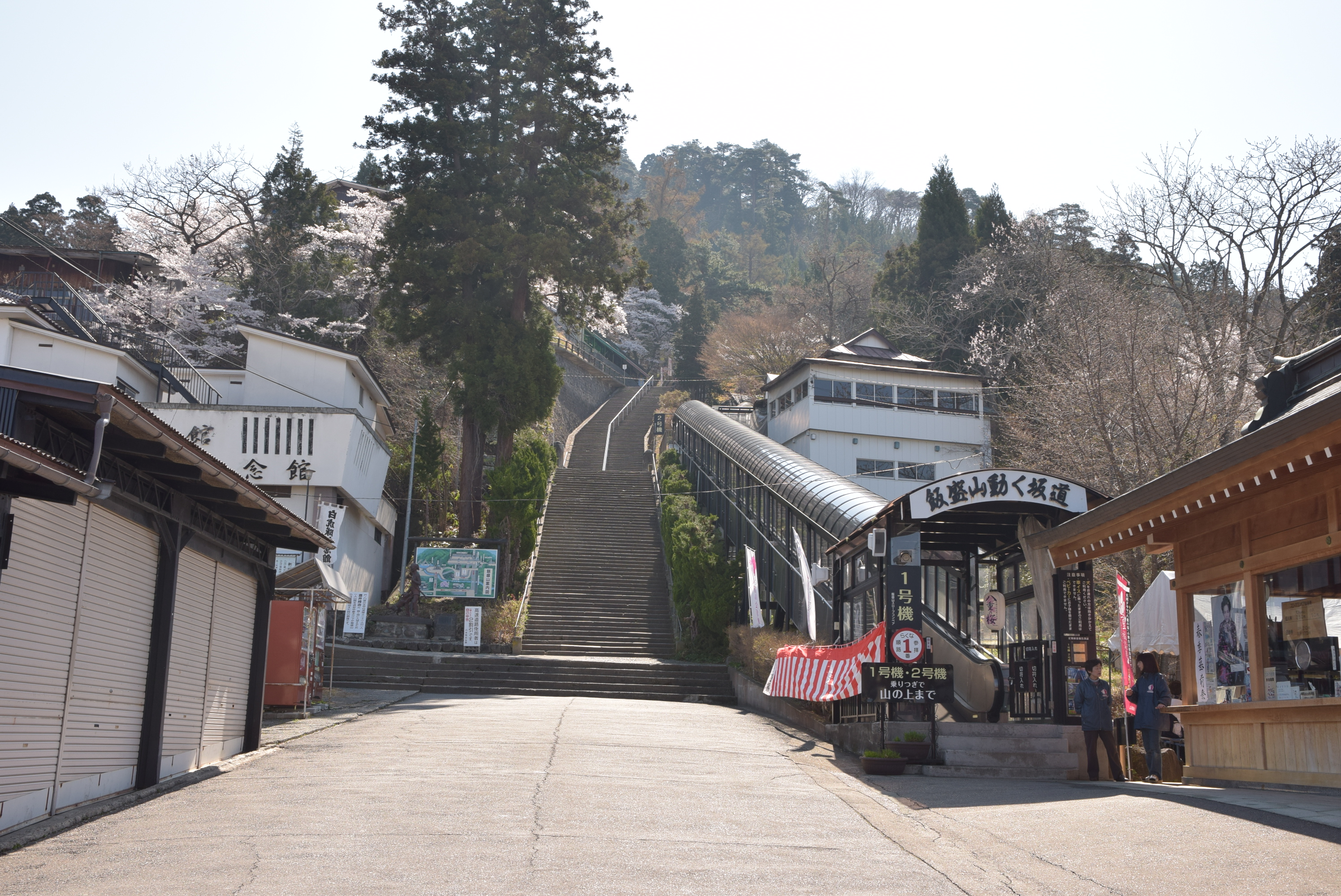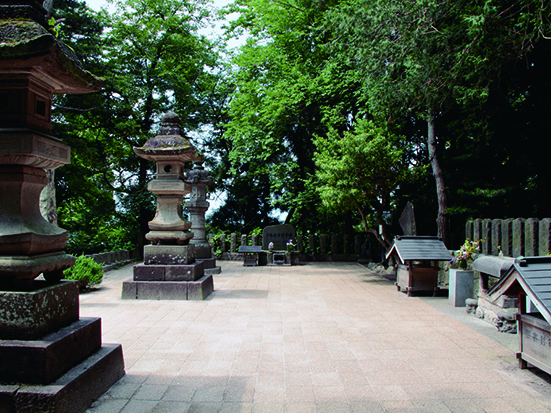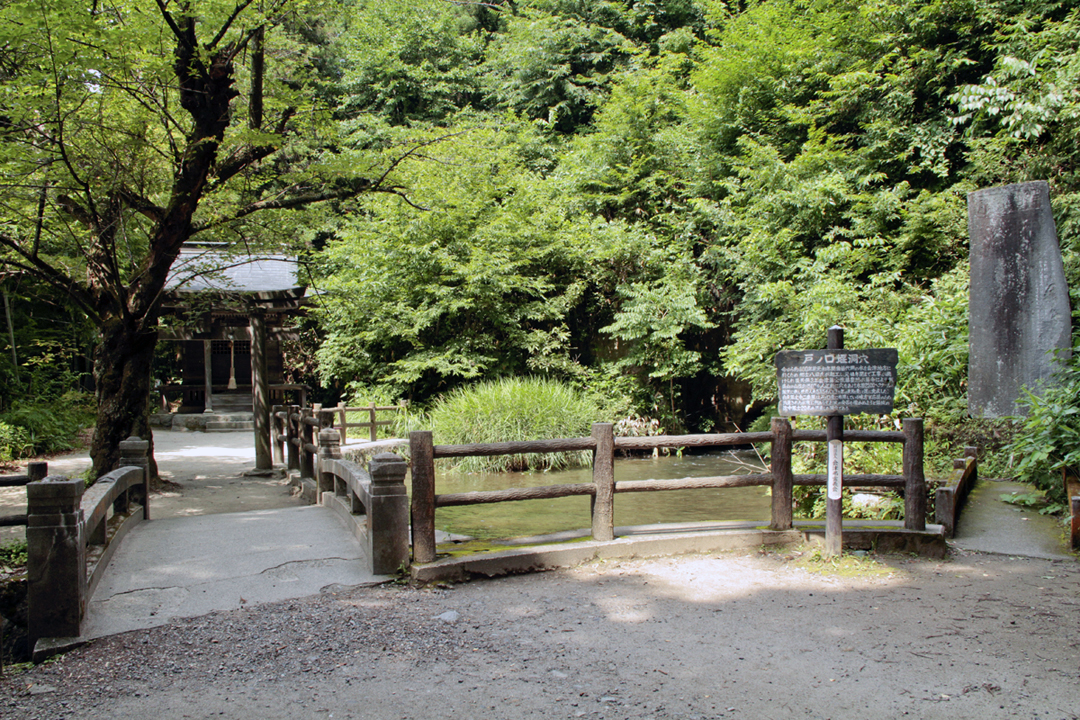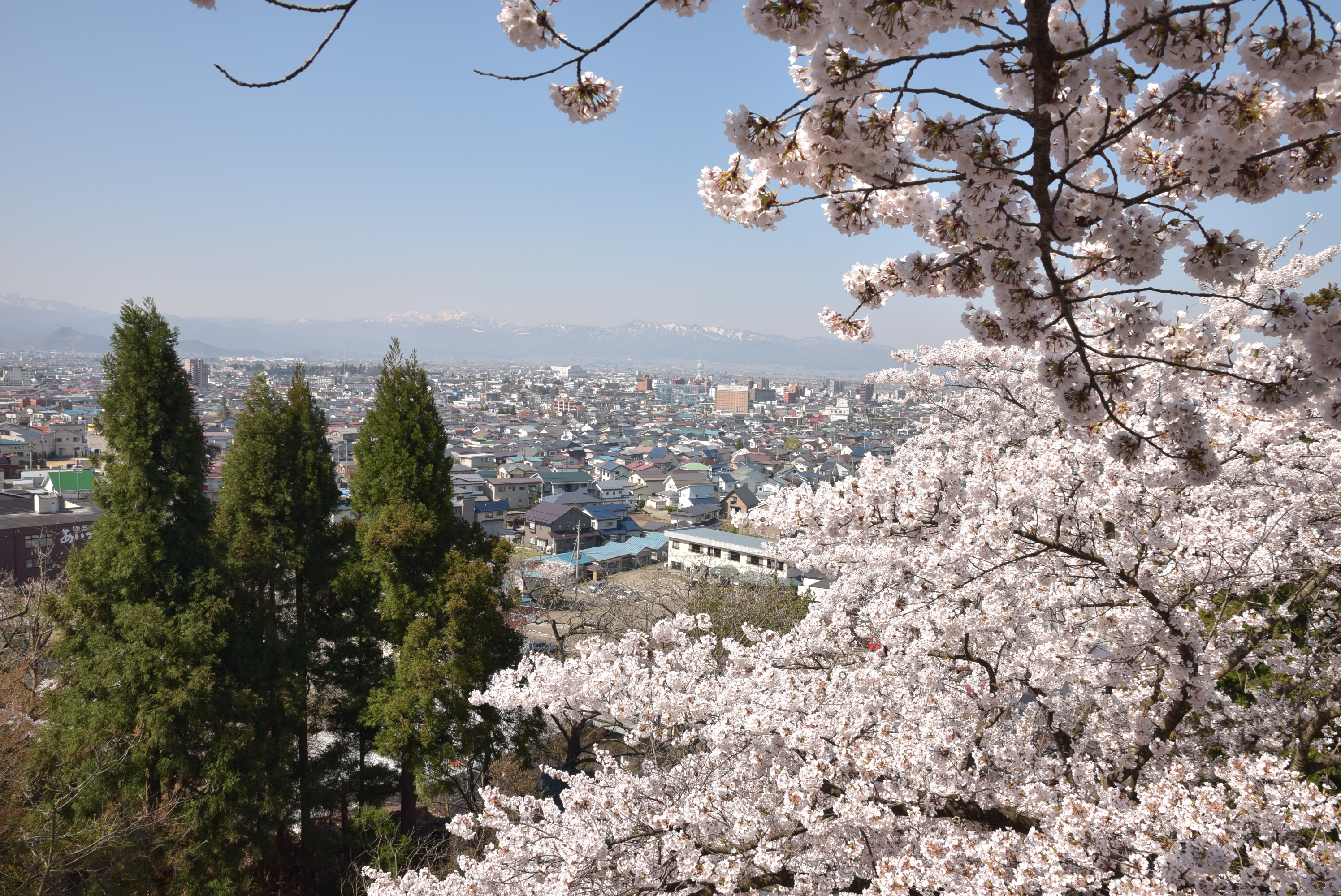2023.04.20 Mt. Iimori and the Boys of the Byakkotai

The Byakkotai (White Tiger Brigade) was a military unit primarily made up of boys aged 15–17. The boys were the sons of Aizu samurai families involved in the Boshin War (1868–1869), which was fought between the Tokugawa shogunate and those opposed to its continued rule. Mt. Iimori is the final resting place of 19 members of the unit who took their own lives after being cut off from the rest of their troops. One of the group survived to give his account of the tragic incident. Today, the Byakkotai are an enduring symbol of the spirit of the Aizu samurai. Visitors can pay their respects at the boys’ gravesites, which can be accessed by hiking up the steps to the summit or taking an escalator for a small fee.
Daimyo lord Matsudaira Katamori (1836–1893) organized his troops into four units by age. The Byakkotai were the youngest of these and were initially intended only to serve as reserves in the fighting. However, by the autumn of 1868, most of the Aizu forces were fighting in other regions of the domain, leaving only around 3,000 troops, including the Byakkotai, to defend Tsuruga Castle and the town. In October, pro-imperial forces laid siege to the castle, and the Byakkotai found themselves fighting to defend their lord and families.
An agonizing decision
Twenty members of one Byakkotai squad were separated from the rest of their unit following the Battle of Tonoguchihara, in a village to the northeast of Aizu-Wakamatsu. After wading through deep water in a small, dark ravine to escape, the boys climbed to the top of Mt. Iimori. They were dismayed to look down and see smoke rising from the town, believing the castle had fallen to the enemy and was burning. In reality, the castle was still standing—the smoke was coming from nearby houses. However, the boys thought everything was lost and took their own lives instead of surrendering to the enemy.
Many accounts of the story focus on the dramatic way in which the boys ended their lives, but historians offer a more nuanced version of events. They believe that not all of the group would have supported the decision at first. The Byakkotai were raised and educated to follow samurai ideals, but they were also a diverse group of lively, inexperienced teenagers. The boys probably discussed various options before reaching reluctant consensus on their final course of action. Iinuma Sadakichi (1854–1931) was the group’s only survivor, having been rescued by chance when a local woman found him. While Sadakichi carried the sadness of losing his companions for the rest of his life, he went on to have a family and a successful career in the telecommunications industry. After his death, he was laid to rest alongside the other 19 Byakkotai members on Mt. Iimori.
Visitors to the mountain can look out over the town of Aizu-Wakamatsu, just as the boys did in 1868. Nearby is Uga-shindo, a shrine that honors a white snake as a god of abundance and fertility. The Byakkotai Museum of History and the picturesque Sazaedo Temple are situated at the base of the mountain. The museum displays historical documents and artifacts about the Byakkotai and the Boshin War.

This English-language text was created by the Japan Tourism Agency.


